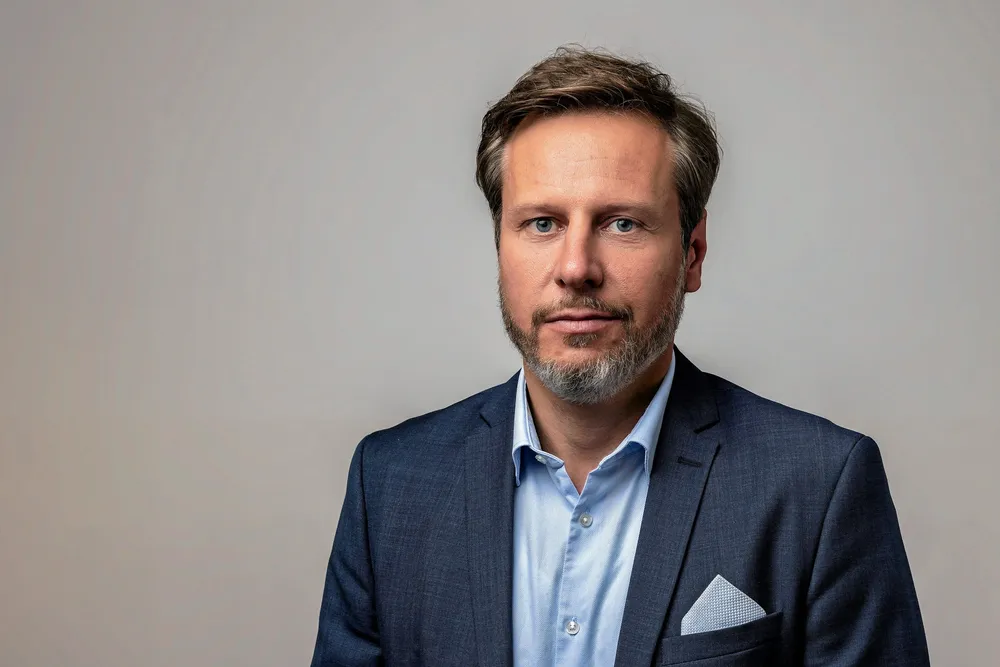More additions and permits – but wind industry meets records with warning to government
Onshore installations highest in eight years and approvals at all-time high but targets under renewables law still not reached and security must be stepped up

The wind sector told the government of German Chancellor Friedrich Merz to “stay course” to reach the country’s renewables targets – still set by the predecessor administration – due to a continued gap between the actual expansion of wind installations and targets under the country’s Renewable Energies Act (EEG).
Developers added 2.2GW in new onshore wind turbine capacity during the first half of 2025, figures compiled by Onshore Wind Energy Agency (Fachagentur Windenergie an Land) on behalf of the German wind energy federation (BWE) and wind operators’ group VDMA Power Systems showed.
At the same time, 7.8GW of new wind projects were permitted, an all-time high, while 7.5GW were allocated in competitive tenders.
Despite the records, the wind industry struck a cautionary tone.
“Wind energy is getting back on track – this is underscored by the strong figures for permits and awards. … Despite these positive developments, there is a gap between the actual expansion and the targets formulated in the Renewable Energy Sources Act (EEG),” BWE president Bärbel Heidebroek said.
“The EEG expansion targets will not be achievable until 2026 at the earliest.
“Electricity demand will continue to rise due to hydrogen, heat pumps, electric vehicles, data centres and the increasing electrification of industry, as well as an economic upturn organised by the federal government. Therefore, it is now important to stay the course and implement the expansion targets for renewable energies.”
A target to reach 10GW in onshore wind additions per year was set by the predecessor government under Chancellor Olaf Scholz with his Green Party climate minister Robert Habeck, who pushed through a flurry of legislation to ease permitting and give renewables projects the status of being in the ‘overriding public interest’. Permitting processes for wind on land now take an average of 18 months, 20% less than a year earlier.
“The industry is ready and able to deliver. However, securing investments in sustainable industrial growth over the long term requires a stable and reliable political and economic framework,” said VDMA Power Systems managing director Dennis Rendschmidt.
“The encouraging development of the figures should not obscure the fact that expansion in Germany and Europe is still far below the targets necessary for the decarbonisation of the energy system.
“Political will is needed to continue the progress and momentum of recent years. This is our clear appeal to the new federal government.”
Rendschmidt added that wind turbines are now a central part of the energy system and critical infrastructure that is key to national security.
“All companies and suppliers that provide critical assets in Europe must ensure binding and effective security standards.”
A crucial step towards this is the effective implementation of the EU’s network and information systems directive 2 (NIS 2) and its Cyber Resilience Act, he demanded.
The wind groups maintained their forecast for wind power additions of 4.8-5.3GW for all of this year.
(Copyright)